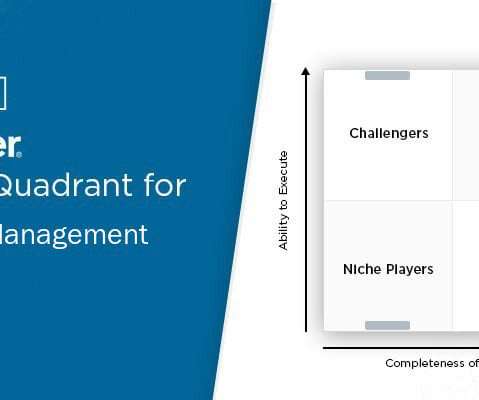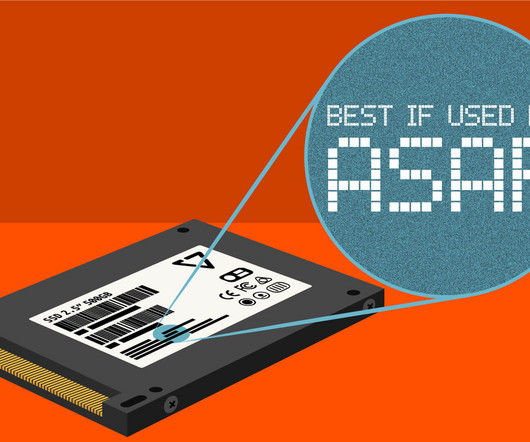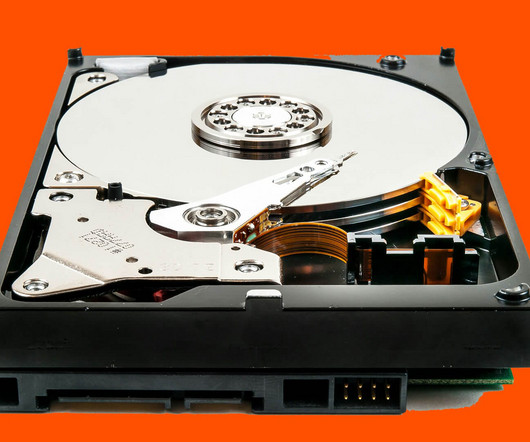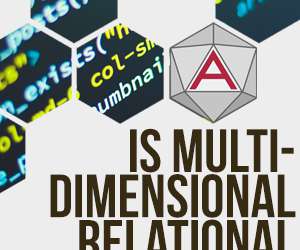Denormalized vs. Normalized Data
Pure Storage
FEBRUARY 13, 2024
In this blog post, we’ll compare and contrast normalized and denormalized data, looking at their key differences and use cases, and explaining how to choose the best approach. What Is Normalized Data? Normalized data refers to a database design technique that organizes data in a way that reduces redundancy and improves data integrity.




















Let's personalize your content